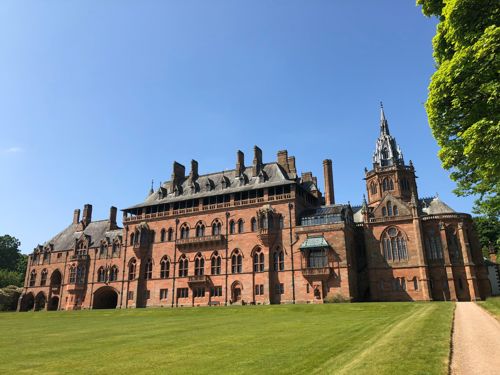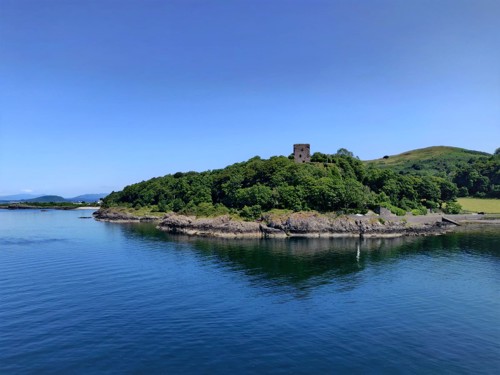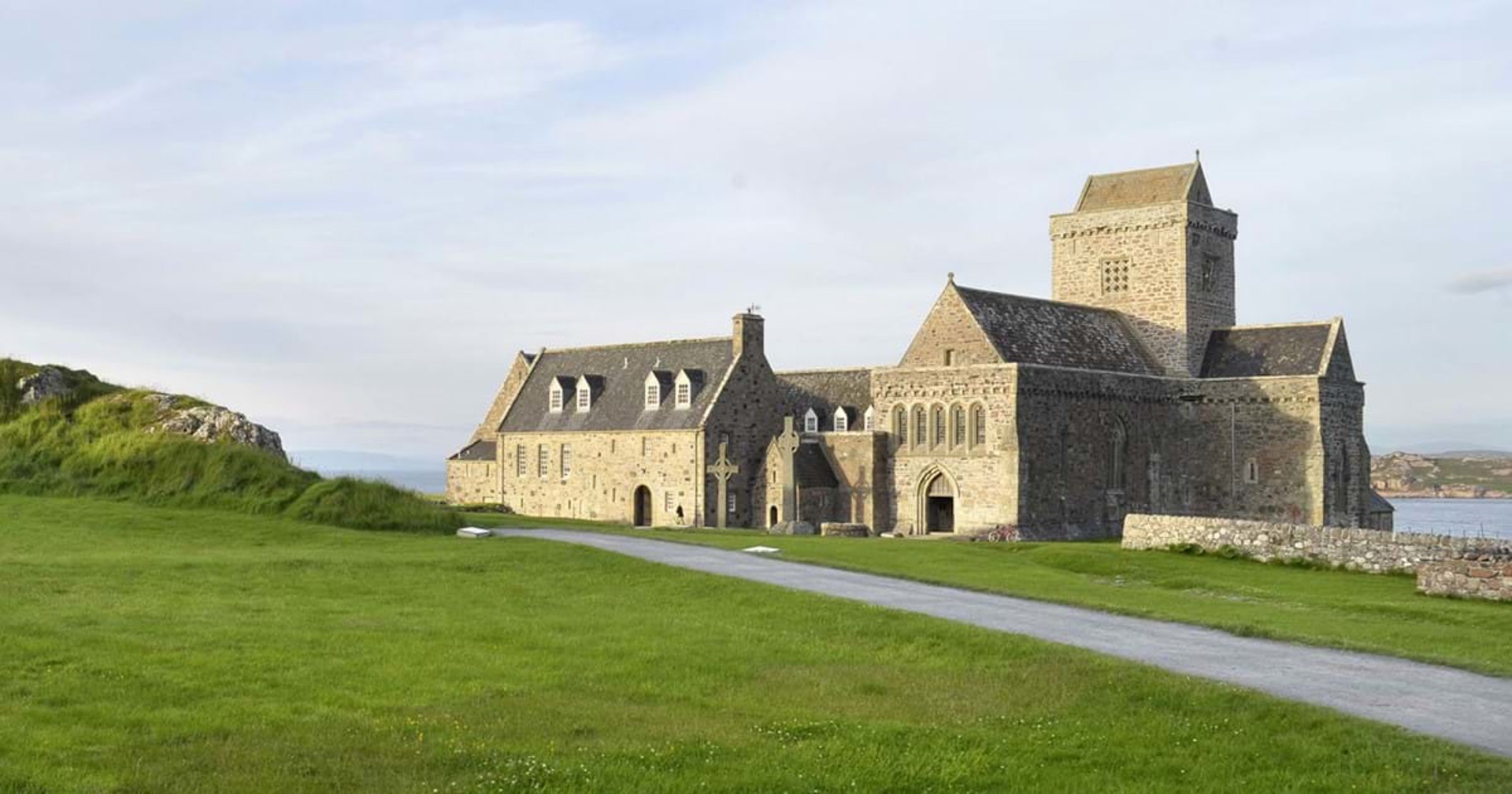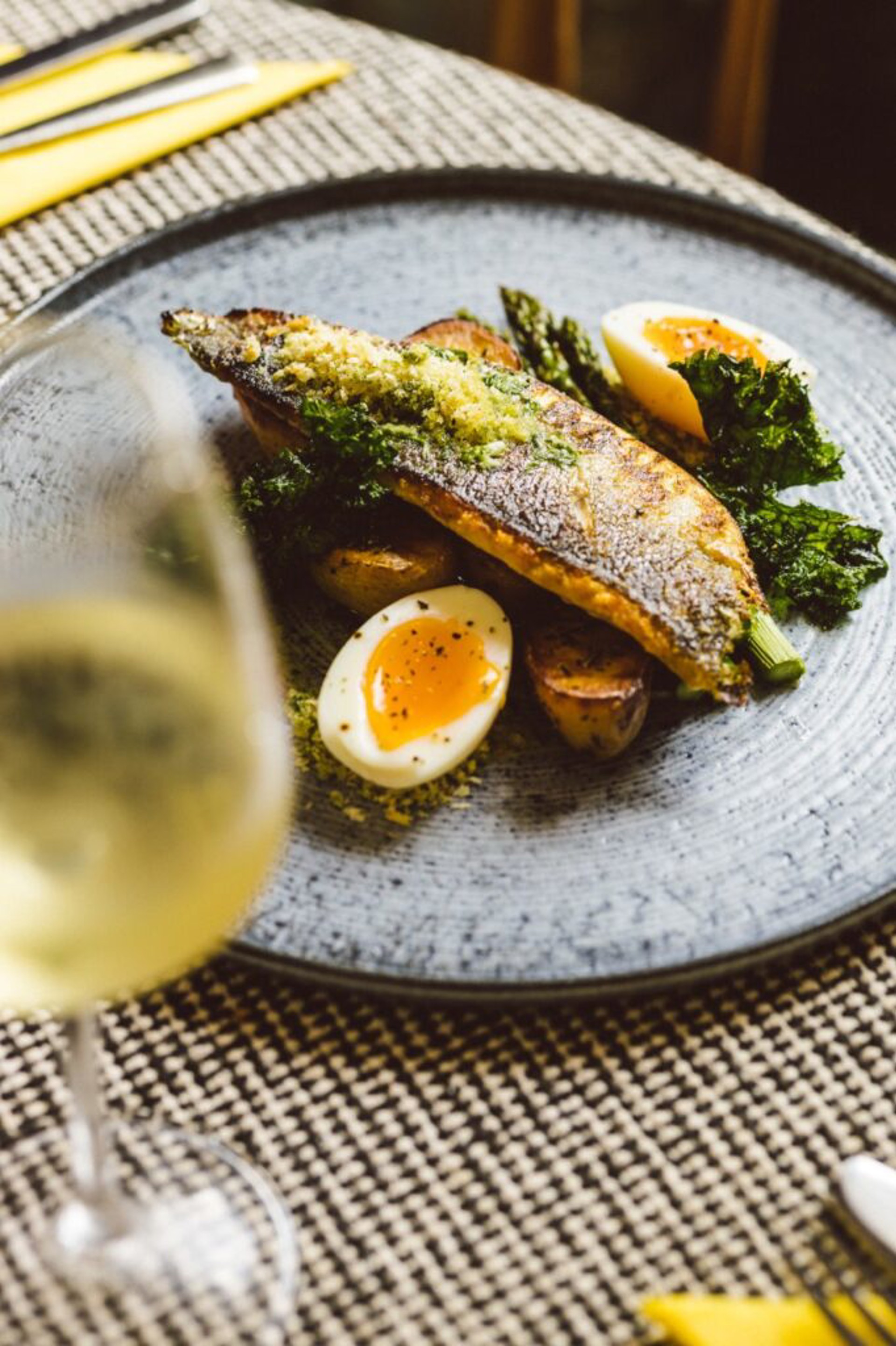Discover the Clans of Argyll
Argyll & The Isles has a rich and fascinating past. But perhaps the most colourful – and bloody – aspect of the region’s history was its clan system. By the 13th century, the clans had laid firm roots in Argyll & The Isles. They lived off the land, with cattle being their main source of wealth.
The Argyll & the Isles Clan Map
Today, many clans can be traced back to specific parts of Argyll. This map shows you the main clan centres in Argyll & The Isles. These centres are open to the public and great places to visit if you want to learn more about a particular clan’s heritage and its place in Highland history.

Discover Argyll's most famous Scottish clans
The most important clan chiefs in Argyll& the Isles were part-kings, part-protectors and part-judges, and they held real power over their controlled lands. Here are some of the most well-known clans from Argyll & the Isles.
Clan Campbell
Inveraray Castle is the ancestral home of the Duke of Argyll, Chief of the Clan Campbell. It's an iconic castle and has wonderful gardens to explore.

Clan MacLachlan
The ruined 13-century Castle Lachlan lies on the eastern shore of Loch Fyne in Cowal. The new Castle Lachlan, about a ten-minute walk away from the ruin, is the seat of Clan MacLachlan.
Clan Stuart of Bute
Mount Stuart, a spectacular neo-Gothic house, is the ancestral home of the Marquess of Bute. It features magnificent Victorian architecture and design, together with stunning craftsmanship.

Clan MacAlister
Glenbarr Abbey on the Kintyre peninsula is an 18th-century house and seat of the Clan MacAlister. It also houses the MacAlister Clan Visitor Centre, and Jeanne MacAlister, Lady Glenbarr, conducts tours around the house.
Clan MacDonald (Lord of the Isles)
Finlaggan is an island settlement in Loch Finlaggan on Islay. Finlaggan’s fame peaked in the 14th and 15th centuries when it formed the administrative centre of the Lordship of the Isles.
Clan MacDougall
Dunollie Castle stands guard over Oban Bay. For over 1000 years, the Clan Chiefs and Lords of Lorn ruled large areas of Argyll and the Isles from Dunollie. Today, it remains the seat and ancestral home of Clan MacDougall.

Clan MacLean
Duart Castle on the Isle of Mull dates back to the 13th century and is the ancestral home of the Clan MacLean. You can learn about the clan's history and explore the keep and dungeons, magnificent banqueting hall, and Edwardian staterooms.
Other Historic Argyll Clans
Of course, there are many more clans associated with Argyll. There are those with clan seats that aren’t open to the public, such as Clan MacCallum of Argyll, whose clan seat is Duntrune Castle.
Many Argyll clans no longer have clan seats as larger clans and dispersed absorbed them, or the main family died out. These clans still have strong associations with certain areas of Argyll, and you can often find out about them locally.
Clan MacFarlane, for example, is associated with Loch Lomond and the historic clan seat is Arrochar, Clan Lamont is associated with Cowal and the historic clan seat is Ardlamont, Clan McFie is associated with Colonsay, Clan MacPhail with Loch Awe, Clan MacQuarrie with Ulva and Clan MacSween with Knapdale.


